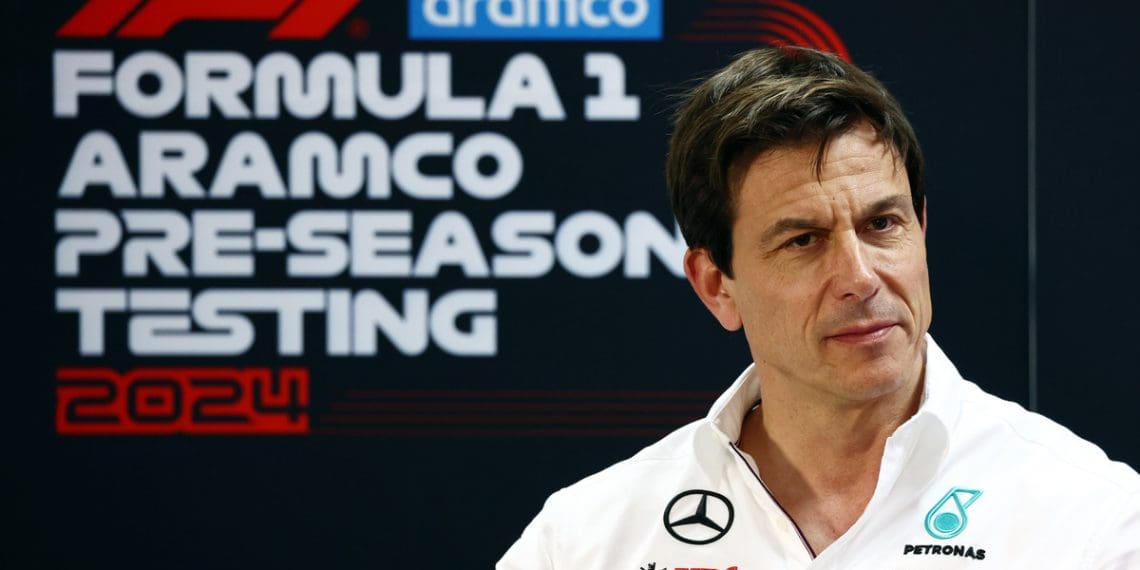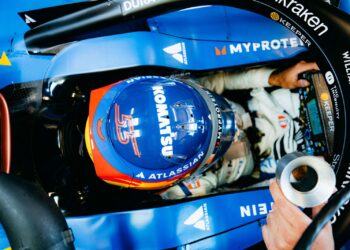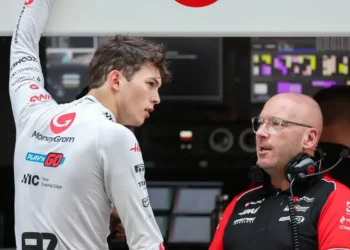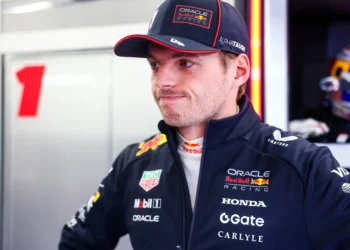Toto Wolff, a shareholder and executive director of Mercedes AMG F1, praised Red Bull’s bold change in concept for the RB20 Formula 1 car. The RB20, unveiled on February 15 at Red Bull’s headquarters in Milton Keynes, surprised many with its distinctive vertical air intake on the sides and engine cover with pronounced shoulders. This change from the successful design of the RB19 not only caught attention but also generated comparisons with previous Mercedes models, specifically the unsuccessful concept tracks abandoned by Mercedes in 2023. Despite the risks involved, Wolff praised Red Bull for their commitment to change and innovation in the development of their new car. He acknowledged that the decision to make such significant alterations must have been guided by data indicating improvement in downforce and handling characteristics. As a team that has consistently set the standard for innovation in recent years, Red Bull’s choice to take this bold step demonstrates their confidence in their approach.
The Head of Mercedes is not immune to comparisons between the RB20 and previous cars made in Brackley. However, he recognizes that the main difference in performance in modern F1 ground effect cars lies in the floor. According to Wolff, Red Bull has incorporated some things from their car, including the zeropod and the engine cover known as “The Great Wall. Although it may not be aesthetically pleasing, it serves a purpose. But the true performance lies in the floor, where ground effect and mechanical handling characteristics play a crucial role. Red Bull has been strong in this aspect in recent years, and while there may have been further development, it is not as radical as their work suggests.
In contrast, the Mercedes W15 has taken a more “traditional” approach to car development, deviating significantly from its predecessors. When asked about the shift to a conventional platform in light of Red Bull’s radical concept change during pre-season testing, Wolff explained that they moved away from the zeropod concept and other features that did not contribute to the car’s performance. Instead, they opted for a slightly more conventional bodywork, which they believe provides a better platform.










